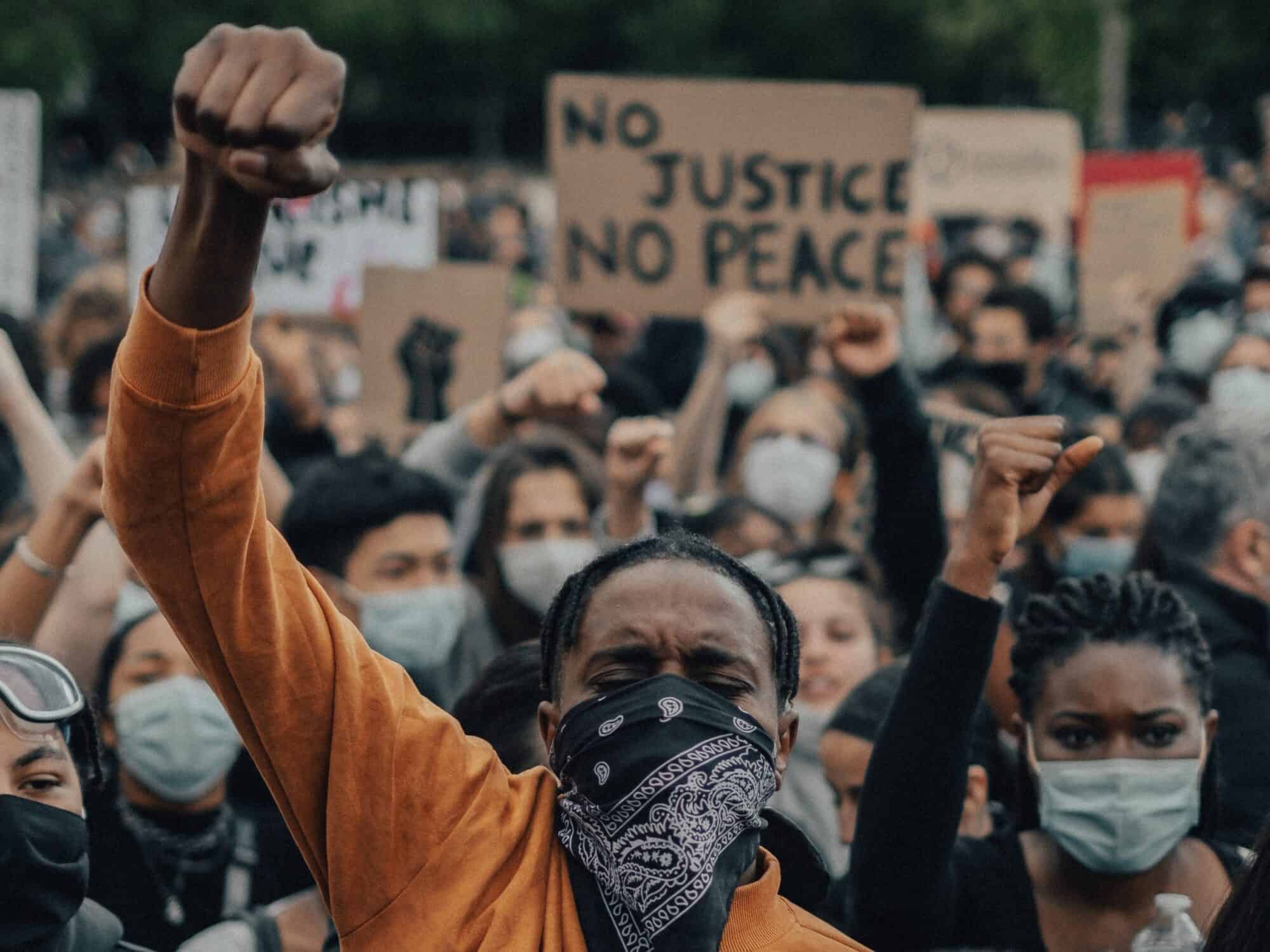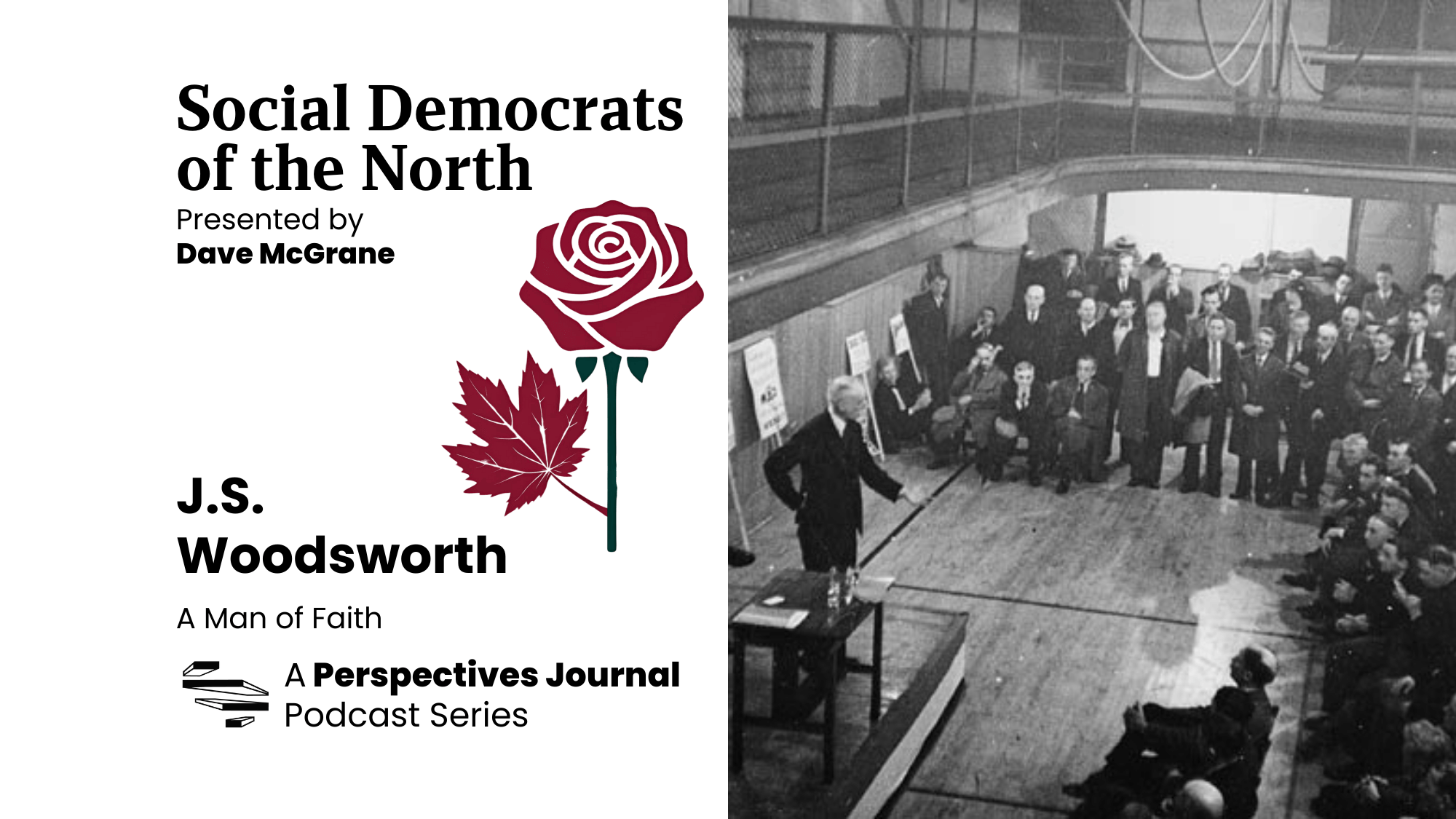According to the latest statistics on the COVID-19 pandemic, there were more than five times the number of cases in Toronto’s Black residents compared to its white residents, with other cities like Montreal demonstrating similar racial inequalities.
While the pandemic changed all our lives, the destruction it caused— to lives and livelihoods—was disproportionately borne by working-class Black and Brown people. Research findings leave little doubt that the patterning of COVID-19 pandemic across racial groups sits atop similar racial patterning of income, wealth, and job conditions. Black and Brown people are far more likely to be employed in the kinds of ‘essential service’ jobs that have been one of the main sources of exposure to the SARS-CoV-2 virus and, conversely, far less likely to be employed in the kinds of ‘work-from-home’ jobs that were one of the main sources of protection from exposure. Indeed, in the end, even with a brand-new illness, the story is old and predictable, based on everything we know about the intersection of race and class in shaping freedom, opportunity, and life chances.
At this point in the history of Canada as a settler-state, it seems nearly gratuitous to describe how these patterns of health and socioeconomics—these racial inequalities, as they are known—are fundamentally rooted in racism that penetrates schools, labor markets, healthcare, the criminal justice system, and a range of other institutions and systems in our society. I say gratuitous because these aren’t novel insights, rather these issues are well-trodden through decades of research, journalism, and activism.
Canada was founded upon the distinction of white people as the ruling class, the class in whom resources and power were to be concentrated. This has continued to be the ideological and functional premise of societal organization in Canada—evidence lies in the ongoing concentration amongst white people of resources and power indicators such as income, wealth, and political control, and more direct signs of racism in the structure of Canadian society—it’s policies, institutions, culture, and so on also point to the same Historical atrocities including the seizing of Indigenous lands, slavery, Chinese head tax, and residential schools punctuate the structural racism or, as the Broadbent Institute refers to it, structural oppression that Canadian society has manufactured. In more contemporary times, the lack of decent living conditions in many Indigenous communities, police harassment of Black and Brown people, and the naked racism baked into the education and labor market are a continuation of a system designed to maintain resource and power differentials across racial groups. Indeed, even if one conservatively takes 1867 as the date to count forward from, Canada has had more than 150 years to solve racial inequalities and it has not.
We simply don’t live in a just society, so long as our society is structured in ways that are racist and oppressive. The Broadbent Institute’s principle of dismantling structural forms of oppression takes this on directly. ‘Dismantling’ as a notion calls for undoing what is already in existence, locating racist policies and programs. In Ontario, there was a recent end to a ninth-grade streaming practice, which divided students into academic versus ‘applied’ tracts—it was found to racist, because it was used to differentially track Black students, particularly Black boys, into non-academic coursework. So-called carding practices, which gave Ontario police broad discretion to stop people for questioning without establishing prior just cause, were curtailed in 2017, though they have not been fully dismantled.
This is important work. The lens of dismantling currently embedded in racist institutions and policies is crucial. We cannot proceed as if Canadian society is a blank canvas. We have to meet ourselves where we are.
On the other hand, dismantling racist institutions and policies is not the same as building anti-racist ones. We need a complimentary set of initiatives that boldly imagine and put into place the institutions and policies that should constitute a society that provides equitable resources, freedom, opportunity, and life chances.
We also need some assurance that new policies and institutions will ensure economic and social dignity for Black and Brown groups in Canada. But, rather than just create this on a policy by policy basis, we must establish some enforceable standards.
This is where the Broadbent Institute’s principles for economic and social rights for Canadians can play a part in becoming a useful tool to eradicate structural racism and oppression. A rich set of legally entrenched rights that provide decent living conditions, if enforced. This would mean that it would no longer be legally acceptable for so many Black and Brown people to live below the poverty line, because a living income would be a right for all, and thus policies would have to be created to ensure a living income. It would mean that it would no longer be possible for the police to harass Black and Brown people, because living with dignity would be a right for all, and so police protocols would have to adhere to this standard. In essence, economic and social rights could establish a strong floor for everyone, and therefore severely hinder structural racism from operating, or at least it could blunt the effects of racism.
This is not to suggest that a rights-based approach will certainly resolve structural racism or racial inequities. Violation of rights currently in place already occurs. On paper, our country’s health care system gives us the right to hospital and physician care. But, as the recent, horrific case of Joyce Echaquan suggests, racism can swiftly cast those rights aside, even in matters of life and death. Moreover, establishing a minimum standard of living for all will not, itself, deal with inequity in standards of living between racial groups, nor the structural racism that produces this inequity. It will only provide a strong floor. Inequity is a scourge on society, independent of absolute living conditions. It is the cause and consequence of differences in power and resources throughout society, not only at the lowest socioeconomic rungs.
Nevertheless, the notion of economic and social rights intersects with the goal of eliminating structural racism (structural oppression), because of the ideas that both invoke rhetorical power and substantive content. It holds promise as a tool for working towards a day when Black and Brown people will have no more risk for disease or poor education or terrible job conditions and income prospects than white people. Perhaps it can even support a day when no one at all bears these risks.





